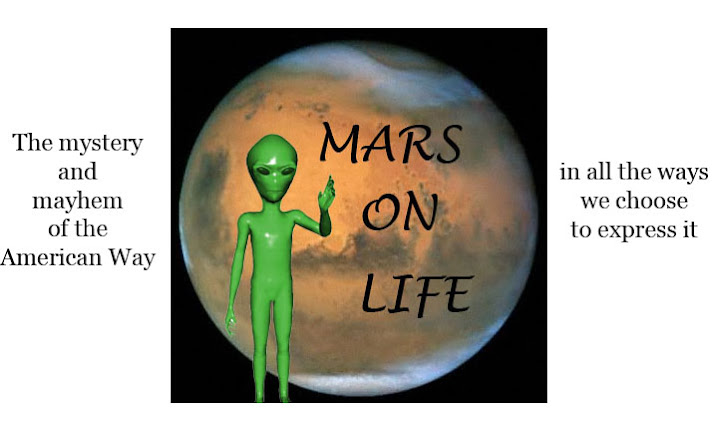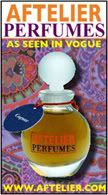
Alber Elbaz's genius is wardrobing, a term that is familiar to salesclerks and not so commonplace among fashion designers. In retail, wardrobing goes hand in hand with "upselling," the practice of talking the customer into a complete outfit when she came in to buy a single blouse. Wardrobing also means building a working closet under one label, a concept Donna Karan perfected in the 1980s.
For the indecisive, a wardrobe is a solution. For the fickle, a wardrobe is a uniform.
Elbaz posits a view of dressing at a fundamental level. Women want ease and style, two demands that do not always peacefully coexist. Ease can mean sloppy, style can mean fussy. It's also been reported that women can be fickle and prone to sudden fits of mutiny. In fashion, that means jumping ship because of an unwearable collection or feeding the designer to the sharks.
A designer who wants to have his apparel as the main label in a woman's closet must avoid two things. First, he cannot be too conceptual. A forty-year-old lawyer does not win cases dressed as a chorus member of Starlight Express. Second, he must resist all temptation to épater le bourgeois, tempting though it may be. Shocking the middle class is an activity best left to teenagers. As Baudelaire would tell you, it also doesn't pay the rent.
Jeanne Lanvin, founder of the house that Elbaz made a home, was a pioneer in outfitting women for life. She also outfitted men and children and the home. The wizardry didn't stop there, however: Lanvin created Arpège.
The black Arpège boule epitomizes the Lanvin aesthetic. The bottle is a model of Art Deco design imprinted with a Paul Iribe depiction of Lanvin and her daughter Marguerite. Sleekly dignified, the boule cradles the legendary aldehydic composition. That fragrance, released in 1927, was the finishing touch in the effortless Lanvin wardrobe.
Lanvin designed simply and clearly, without contradiction or ambiguity. Her greatest achievement was in becoming a woman's ally and treating the relationship between couturière and client as a personal one. She was not an opportunist who fed on a client's neuroses. A client could trust Lanvin through a bond that was never betrayed by wayward or egotistical artistry. The Lanvin client did not wear the designer's peccadilloes on her sleeve.
Lanvin's second masterstroke was in never showing the type of stylistic hash that has crippled lesser designers.
It is with this same reliability and integrity that Elbaz directs the present House of Lanvin. Like Lanvin, Elbaz understands scale. When working away from the body, the trick is to keep proportion intact. This is why flabby satin jodhpurs do not work and one-sleeved satin dresses do. Design houses are full of exotic premise and promise and certain of them fly irregularity as a freak flag. You won't see Elbaz digging at the grave of history or art; this is one designer who will resist mimicking the limby distortions of Matisse.
For Fall 2008, Elbaz is once again about discretion and discernment. A Spartan coat dress the color of spilled mercury gets its dash not from frippery but from a razor-sharp cut. Lanvin's use of ribbon appears in Elbaz's work as ribbon fabric. A highly creative way of touching base with the past, the technique succeeds in even making a loose, strapless jumpsuit look not just possible, but desirable. As a whole, the collection was a concise statement about the ongoing potential of the antecedent. Rather than updating design, Elbaz updated premise. This is what separates him from the confusions that plague Chanel and Dior and keeps him right in tune with the current urban pitch.
No fashion critics seem able to agree on how things should be classified, and it can be quite interesting when people get grouchy. Fashion is like living; everyone wants to live well but some equate satisfaction with statement. Lanvin is for those who classify living as a fine and quiet art--l'art de vivre--and who categorize dressing as an exercise in reality, not alarm.
Images: Style.com
Friday, March 7, 2008
Paris Fashion Week: Where a House Is a Home
Labels:
Alber Elbaz,
Lanvin,
Paris Fashion Week
Subscribe to:
Post Comments (Atom)









7 comments:
I have become very fond of Lanvin lately because I like how new things can look very fresh and subtle at the same time. That is something I try to achieve everyday when I dress.
xx
I love what Alber and his team are doing. I think the close-ups really push the clothes from being universally covetable, commercial clothes..... to something that has a bit more ooomph and edge to it all....
SB, I have to have that coat dress. And the fur and the shoes. There were so many things there that spoke to me in their entirety; really, the lone thing that stood out as awkward was that fur skirt (not sure if that was a skirt or part of a coat)--it looked like the legs of a satyr.
The rest? Sublime.
I've been loving nearly everything Alber designs for Lanvin, season after season. It looks so simple on the runway, but absolutely gorgeous in person. Who would have guessed polyester could drape so beautifully? I thought he got a raw deal at YSL, so it's great to see him succeed in keeping an important fashion house relevant.
The ribbon dress…Swoon! I’m still haunted by the billowy yellow dress from Spring/Summer.
I've loved Elbaz' work for years now, and I always look forward to seeing what he does, season after season. I think he is a good match for Lanvin.
Again, I wish all I had to do all day was read your blog. But I like to pour over it and contemplate, and there's just simply no time. (Kinda like the New Yorker;)
Anyhow, I find myself playing cathc-up again:
I think you've highlighted what is for me one of the biggest problems with "conceptual" design. Especially for fashion, it is so hard to find a way to dress with ease, as you say, and retain some conceptual edge. Why is this??
Post a Comment